Stories Category: Intensive Care
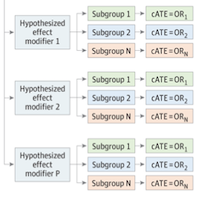
Heterogeneous Treatment Effects of Therapeutic-Dose Heparin in Patients Hospitalized for COVID-19
Randomized clinical trials (RCTs) of therapeutic-dose heparin in patients hospitalized with COVID-19 produced conflicting results, possibly due to heterogeneity of treatment effect (HTE) across individuals. Better understanding... read more
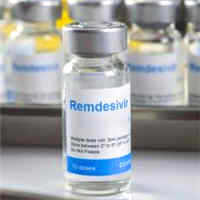
Combination Treatment of Persistent COVID-19 in Immunocompromised Patients
Little data exists to guide the treatment of persistent COVID-19 in immunocompromised patients. We have employed a unique protocol combining tixegavimab/cilgavimab, and short-term combination antivirals including remdesivir.... read more
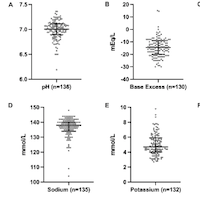
Differential Diagnosis and Cause-specific Treatment During OHCA
The cardiopulmonary resuscitation (CPR) guidelines recommend identifying and correcting the underlying reversible causes of out-of-hospital cardiac arrest (OHCA). However, it is uncertain how often these causes can be... read more

Family Centered Care At The EOL in the ICU
In the context of end-of-life (EOL) care in the intensive care unit (ICU), recent research has often focussed on patients' families. Studies have shown the importance of communication between ICU clinicians and families,... read more

Biggest AMR dilemma: to give, or not to give antibiotics?
Sepsis (a dysregulated reaction of the body to infection with 50 million cases per year) must be treated with antibiotics as soon as it is suspected — ideally, within the first hour. Antibiotics are thus easily administered... read more
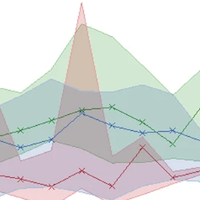
Predicting Deterioration of Sepsis Patients Using Continuous HVR Analysis
We showed that continuous electrocardiograms (ECG) recordings can be automatically analyzed and used to extract heart rate variability (HRV) features associated with clinical deterioration in sepsis. The predictive accuracy... read more
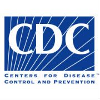
Marburg Virus Disease Outbreaks in Equatorial Guinea and Tanzania
The Centers for Disease Control and Prevention (CDC) is issuing this Health Alert Network (HAN) Health Advisory to inform clinicians and public health departments in the United States about two confirmed outbreaks of Marburg... read more
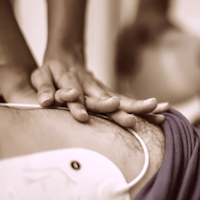
Are Two Shocks Better Than One?
Overall, the trial conducted by Cheskes et al contributes meaningfully to our understanding of the use of alternative defibrillation strategies for refractory ventricular fibrillation before widespread incorporation of double... read more
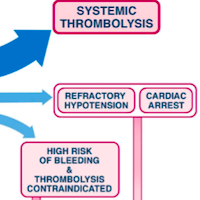
High-risk Pulmonary Embolism in the ICU
According to the European guidelines, high-risk pulmonary embolism (PE) is defined as PE associated with hemodynamic instability, including sustained hypotension, cardiogenic shock and/or cardiac arrest. High-risk PE... read more
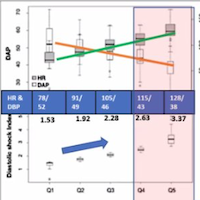
Diastolic Shock Index and Septic Shock Outcome
Early recognition and resuscitation of patients in septic shock are critical skills for an emergency medicine physician. Many clinical decision-making tools have been developed and validated in their use to identify and... read more

Emergency vs. Delayed Catheterization in Survivors of OHCA
In this randomized clinical trial, for patients who experience an out-of-hospital cardiac arrest (OHCA) without ST-segment elevation on ECG, a strategy of emergency CAG was not better than a strategy of delayed CAG with respect... read more

Inhaled Hydrogen Efficacy on Neurological Outcome Following Brain Ischemia During Post-cardiac Arrest Care
Inhaled molecular hydrogen gas (H2) has been shown to improve outcomes in animal models of cardiac arrest (CA). H2 inhalation is safe and feasible in patients after CA. We investigated whether inhaled H2 would improve outcomes... read more
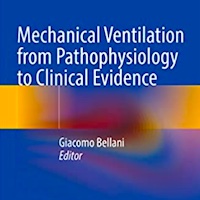
Mechanical Ventilation from Pathophysiology to Clinical Evidence
This new book aims to give a comprehensive overview of the current challenges and solution posed to the health care professionals who need to use mechanical ventilation to treat their patients. Mechanical ventilation is... read more
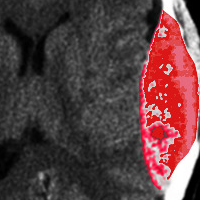
Positive or Negative Prognostic Factor for Epidural Hematoma?
To our best knowledge, a typical epidural hematoma (EDP) prognosis is good if it is discovered quickly and managed. Therefore the presence of EDH is considered a positive prognostic sign in the Rotterdam, Stockholm, and the... read more

AHRQ Errors Report was “Outright Unconscionable”
Headlines this winter screamed the bad news: Emergency physicians are literally killing people! "As many as 250,000 people die every year because they are misdiagnosed in the emergency room, with doctors failing to identify... read more
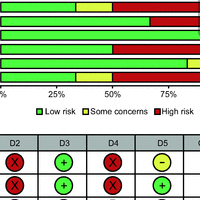
Postextubation Complications vs. Positive-Pressure Suctioning Techniques
Currently available studies that compared post-extubation complications in subjects managed with the positive-pressure and suctioning techniques were summarized. Further high-quality studies with a robust study design and... read more
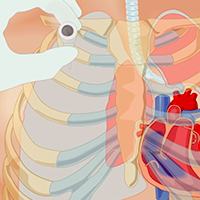
Tube Thoracostomy in Emergency Department
Using trauma video review we identified significant procedural variability in emergency department tube thoracostomy, mainly that hemodynamic abnormality led to lower proficiency scores and increased malpositioning. Efforts... read more








